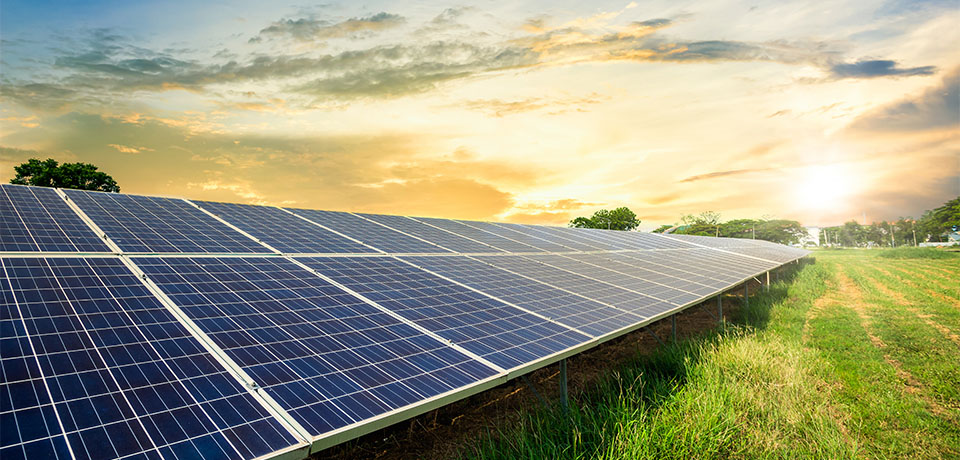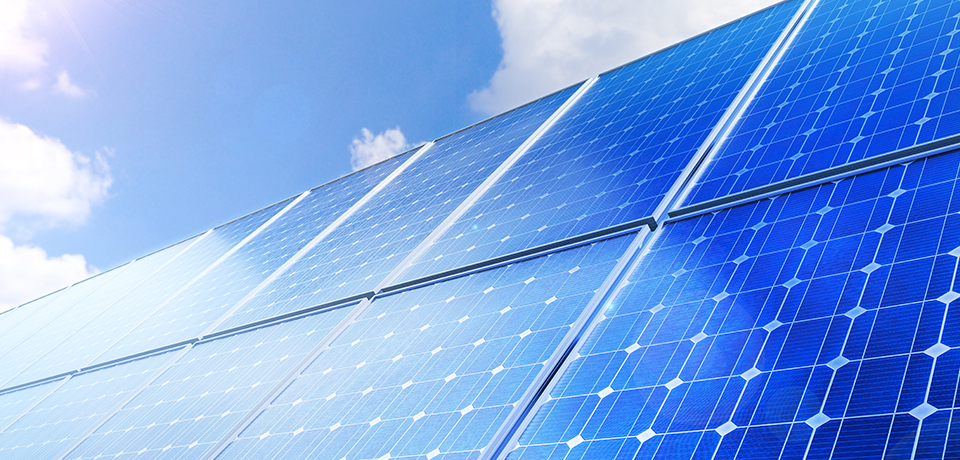What is Solar Energy? How is Electricity Generated From Solar Energy?
- Home Page
- Blog
- Solar Energy
- What is Solar Energy? How is Electricity Generated From Solar Energy?

The energy reaching our planet from the sun is one of the most crucial factors for the continuity of life. The hydrogen in the structure of the sun turns into helium after the fusions that occur. From the heat and light that emerges, solar energy is created. 90% of the sun is made up of hydrogen. All the living things directly or indirectly benefit from solar energy. Solar energy is the cleanest renewable energy source that is known. It is defined as carbon neutral because it does not generate waste.
Adventure of Using Solar Energy
The use of solar energy dates back to ancient times. The use of sunlight focused by mirrors in the burning process dates back to before Christ. The use of solar energy gained momentum with the works of Galileo Galilei on lenses in the 1600s. A solar powered water pump has been built by the French engineer, Bernard Forest de Bélidor In 1725.
The use of solar energy have decreased due to World War I and the work on it has come to a standstill. Following the start of a search for alternative energy sources again due to the oil crisis that had emerged in the 1970s, the Sun has become the first preferred source because of its clean and low-cost energy production. Household utilization has increased with solar water heating systems. With the production of photovoltaic cells, it has also become possible to convert solar energy directly into electrical energy.
50% of the energy from the sun can reach the earth and undergo transformations. 30% of the solar energy reaching our planet is reflected back to space by the atmosphere. The remaining 20% is kept in the atmosphere and clouds.
What are the Solar Energy Conversions?
Solar energy reaching the earth undergoes natural and unnatural transformations. Natural transformations occur spontaneously in nature in the following ways:
-
Heating of soil and water
-
Production of food by photosynthesis in plants
-
Evaporation formation and precipitation
-
Formation of wind and waves
-
The outbreak of natural fires
The unnatural transformations that occur as a result of human activities are as follows:
-
Conversion to heat with collector systems
-
Electricity generation with photovoltaic cells, dams and wind turbines
-
Use of fossil fuels
-
Solar architecture applications
The area between 35 degrees latitude south and north of the equator is called the Earth's Sun Belt. The regions within this belt are the most efficient places to benefit from solar energy. There exists an average of 2000-3,500 hours of sunshine per year in the regions where the angle of the Earth and solar radiation fall the most.
How Does Electricity Generation From Solar Energy Occur?
In order to generate electricity from solar energy, photovoltaic cells that provide energy conversion are used. These devices, also known as solar cells among the people, directly convert the sunlight falling on them into electrical energy. The material from which the photovoltaic cells are produced determines the efficiency ratio. Depending on the material quality and structure, efficiency between 5-20% can be achieved from these cells. With the purpose of increasing the power obtained, multiple photovoltaic cells are used by connecting them in series or parallel manner. The structures formed by the combination of cells are called photovoltaic modules. Photovoltaic module efficiencies can be listed as follows according to their structures:
-
Amorphous silisium (Amorphous silicon) (5-7%)
-
Cadmium telluride (7%)
-
Copper indium diselenide (10%)
-
Crystalline silicon (15%)
-
Optical concentrator cells (17%)
-
Gallium arsenide (30%)
Today, the most preferred panel type is the silicon-based ones. There are two types, monocrystalline and polycrystalline. Although the expected average lifetime (phsical life) of these panels is around 20 years, some of them can be used efficiently for 30 years. The electrical energy generated by photovoltaic cells is made available for grid use by means of a solar inverter. The solar inverter controls the use of the electricity supplied from the solar panels with the highest possible efficiency.
What are the Systems that Generate Electricity with Solar Energy?
Systems that generate electricity with solar energy differ according to the area of use and the way they work. In this context, three different groups can be mentioned in general:
Grid-connected systems (On-Grid System): It is formed by connecting the solar energy system to the existing electricity grid (network). It works in parallel with the electricity grid, reducing the costs of the main grid. There exists no need to have a separate unit for storage.
Systems without grid connection (Off-Grid System): It is a system preferred in places where there exists no electricity grid. Conducting of in advance preliminary calculations for consumption capacity and storage are important.
Hybrid Systems: They are structures created by adding a storage unit to the system, in places where there exists an electrical grid (network). It reduces the network costs of the existing system.
Since it is a storage unit, it supports the energy consumption as an alternative in cases where there comes no energy from the grid. Although the costs of storage units are high for now, it is predicted that it will be the most preferred system in the future.
Solar energy technologies continue to develop day by day. During this process, as the solar cell costs decrease, their efficiency increases. Therefore, the number of individual consumers, who would like to install rooftop solar panels on their homes continues to increase day by day.
In the field of solar energy, producing Turkey’s the first and only solar energy cells under the Parla Solar brand, Aydem Energy possesses one of the largest solar energy cell production facilities in Turkey. With its solar cell investments, Aydem Energy aims to develop the equipment and needs of photovoltaic-based solar power plants in Turkey and to create the necessary infrastructure for exporting thereof to the foreign markets. Furthermore, with the applications carried out within the scope of TÜBİTAK - National Solar Power Plant Development Project (MİLGES), Aydem Energy aims to carry Turkey to a new era.
Parla Solar, with an annual production capacity of 300 MW, makes the production of 600 thousand solar panels, in the facility built on an area of 33 thousand m². The investments made by Aydem Energy, with the understanding of sustainable production, enable Turkey to take firm steps forward, in the world renewable energy market.
 Insolation Time and Solar Energy Efficiency
Insolation Time and Solar Energy Efficiency  Renewable Energy Sources - Advantages of Renewable Energy Generation and Use
Renewable Energy Sources - Advantages of Renewable Energy Generation and Use  Geothermal Energy Potential of Turkey and its Sustainability
Geothermal Energy Potential of Turkey and its Sustainability  What is a Carbon Footprint? What are the Impacts of it on the World?
What is a Carbon Footprint? What are the Impacts of it on the World?